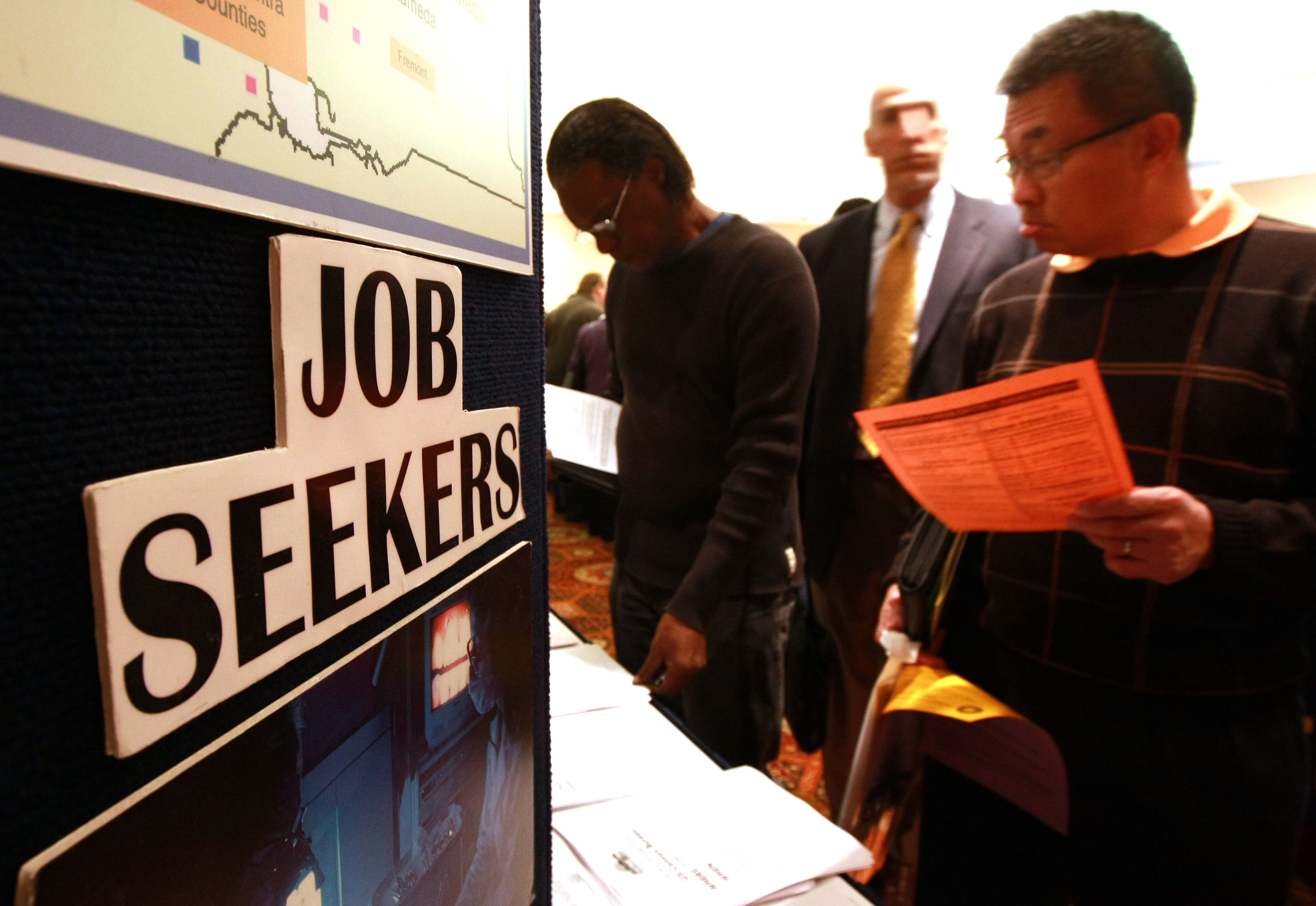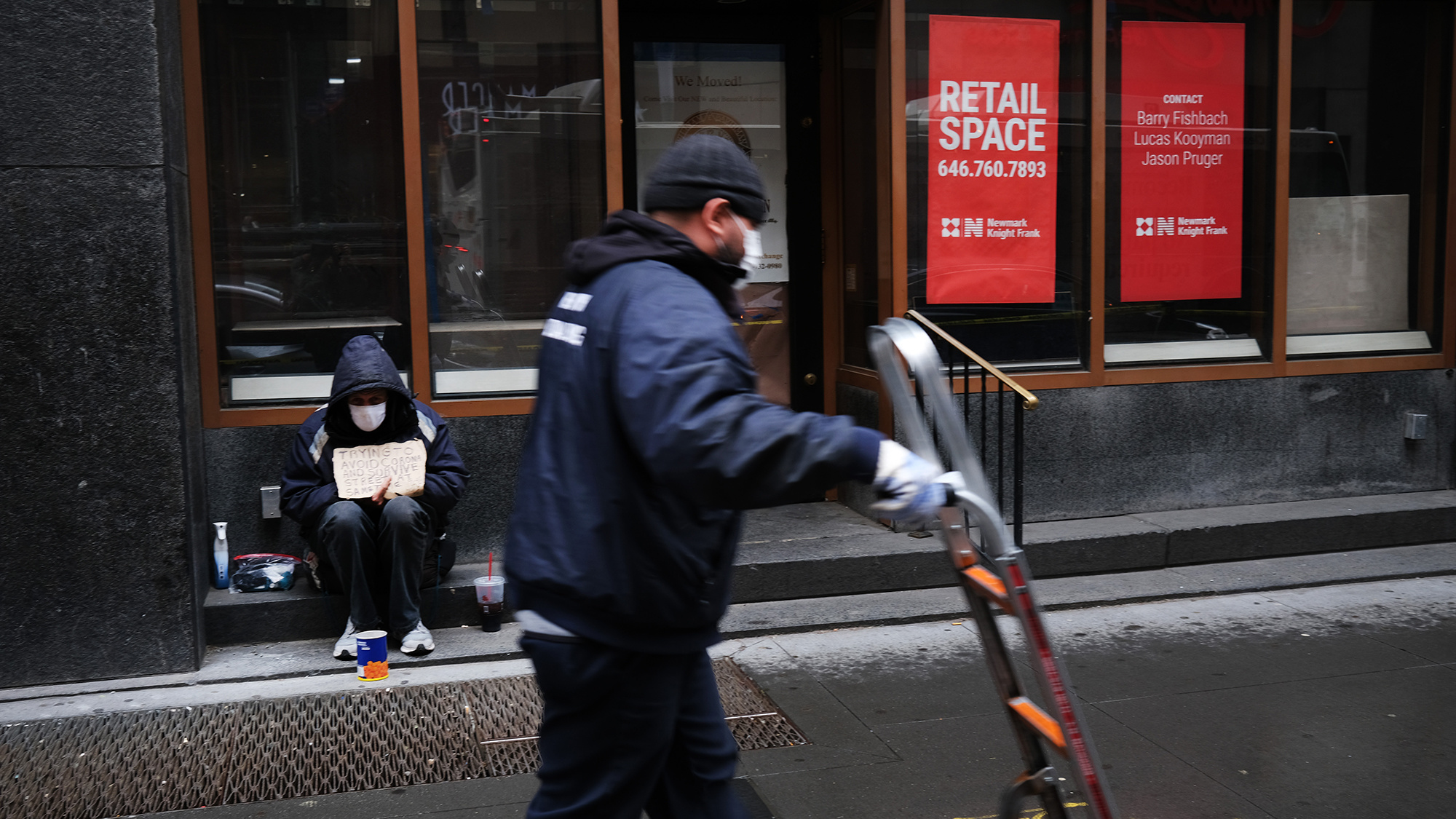In 1948, German philosopher Josef Pieper predicted that society was headed for a dystopia he called ‘Total Work’. With most of us in 2017 working too long, missing social events, working on weekends, and egging on our older years just for the retirement, practical philosopher Andrew Taggart believes we have reached the verge of that dystopia. He describes the conditions that are tightening around us—our lives are scheduled around the needs of our jobs, our time with family and friends is subordinated to it (in a 5:2 ratio!), and our free time increasingly resembles work, in vocabulary and in action: we run errands, aim to have “productive” days, try to rest so that we are fresh for Monday—the start of another week. Taggart thinks Universal Basic Income is the ideological push we need to begin questioning how we can cut loose from our cultural obsession with work, and how we might live in a world without it. Are we human beings, or instruments of productivity? Has our intense focus on work become pathological? For more, visit andrewjtaggart.com.
Andrew Taggart: 'Total work' was a term coined by Josef Pieper, a lesser known German philosopher from the 20th century, and he was concerned that after World War II there would be a time of total work. By that I take him to mean that work comes to be the center around which the world turns. Human beings start to see themselves chiefly as workers, and the entirety of life becomes more and more work, or work like. To see this we can begin to examine a number of what I might call tightening conditions. So the first condition would be the centrality of work. We've come to think that work is actually the center and everything else begins to turn around it. To see this more clearly we can think about the fact that we woke up to go to work today or that we are going home from work today. That we are preparing for work. That we are preparing to leave work. And this is happening all the way around the world. Meanwhile we’re adjusting our schedules, the rest of our lives, so that they are turning about it. So that would be the first condition. The second condition is subordination. That everything else in life comes to seem as if it’s subordinate to, and to be put in the service of, work. We can think of sleeping: the idea is that we wish to sleep well today in order to be focused and prepared for work. And that when we’re at work we wish to be as productive as possible. So sleep becomes that which is an instrument in the service of productivity. And we can play that game with all sorts of different instances.
The third condition is the resemblance claim. It seems as if everything else in life comes to resemble work, more and more. So you can think of, on a day off you are wanting to be as productive as possible, thinking about how much you got done. You can begin to think about all the ways in which you plan and schedule time with children. The terms that begin to mark out our lives even when we’re not actually working sound more and more work like.
And the last condition I think is the most intense and that’s what I might call cultural forgetfulness. We’ve come to almost forget that there was a time in which work was not the center of the world, that there are other ways of life that proceed the modern world, in which work was a part of life but was not the focus of life. We forget that that’s still true today with other cultures, some other cultures. And we forget that there could actually be a time when work would not be that around which the rest of the world turns. So what I’m not claiming is that we have actually achieved total work. What I’m claiming rather is that we are on the verge of doing so. And then indeed we should be grateful that we have yet to arrive at a time, a dystopian time, where work is total.
Well suppose there were to come to pass Universal Basic Income. And suppose, for the sake of argument, that that were sufficient to meet our material needs—that is, those concerned with having enough food, proper shelter, sufficient warmth, sufficient coldness, and the like, so that it was enough. As one philosopher, Harry Frankfurt, calls it we have doctrine of sufficiency. So suppose basic income allowed us all to have enough. Then once again I think we would need to think about what we would do with ourselves. Aristotle in 'Politics' says, really quite famously, that we non-leisure in order to have leisure. And that was the way that it would be translated: we non-leisure in order to have leisure. The question is how are we going to dwell on our leisure?And I think we’ve been educated to a point at which we really don’t know how to answer that question. People, I think, are struck by a very difficult condition, which is a medieval condition, called acedia. Acedia is hard to translate but it means that there’s a restlessness of spirit, an inability to be still or quiet in being. Instead when you watch people you see, time and time again, that they’re actually quite restless. They can’t dwell with what they’re doing. They can’t so easily pay attention. I don’t think that’s the result of technology but I think technology has exacerbated that condition. So the trouble with a lot of policy statements associated with Universal Basic Income is not the particulars, not the particular policy statements themselves, it’s rather the philosophical question: how are we going to actually occupy ourselves? How are we going to live individually and in community if we don’t have work as that which is governing each of our days, let alone the totality of our lives.
There are three common objections that are made to the argument that we have entered a time that is on the verge of total work. The first objection is to say that well, certainly we have to meet our basic needs and it is through work that we do so. And I would grant that claim. That is, I’m not actually arguing against the idea that work would play some role in our lives, some role during our waking hours, some role during the unfolding of our life. What I’m objecting to is the idea that it becomes everything, the be all and end all. So once we go past the point of meeting our own material needs, our own ability to survive, then we’ve gotten into trouble, I’m arguing. The second misconception is that people commonly think that what I’m arguing for is work-life balance, and I’m not actually arguing for that. That is, I think the idea of work-life balance is actually something that total work takes up and enjoys operating with, meaning if you actually put work on one side and the rest of life on the other and claim that work is as important as love and joy and religious worship and philosophical investigations and an investigation of the cosmos. If you really think that everything in life is as valuable as work then I think that’s also a matter to reconsider. It’s rather these other matters are actually more important than the value we accord to work.
And the third misconception is that I’m just arguing against overwork, and I don’t think that’s really what I’m up to. I think that overwork actually is a local manifestation of total work. Instead I think it’s the case that surely we wouldn’t probably work as much if we care less about work. That is certainly true. But I think that overwork is simply a red herring, a way of trying to deflect attention from the ways in which, in our ordinary everyday lives, work has come to matter to us so deeply. We think that there are simply a few people out there who are working far too much, and we pathologize them, saying that they are just workaholics; they care too much. But we have yet to actually investigate the ways in which that’s true for us as well.






